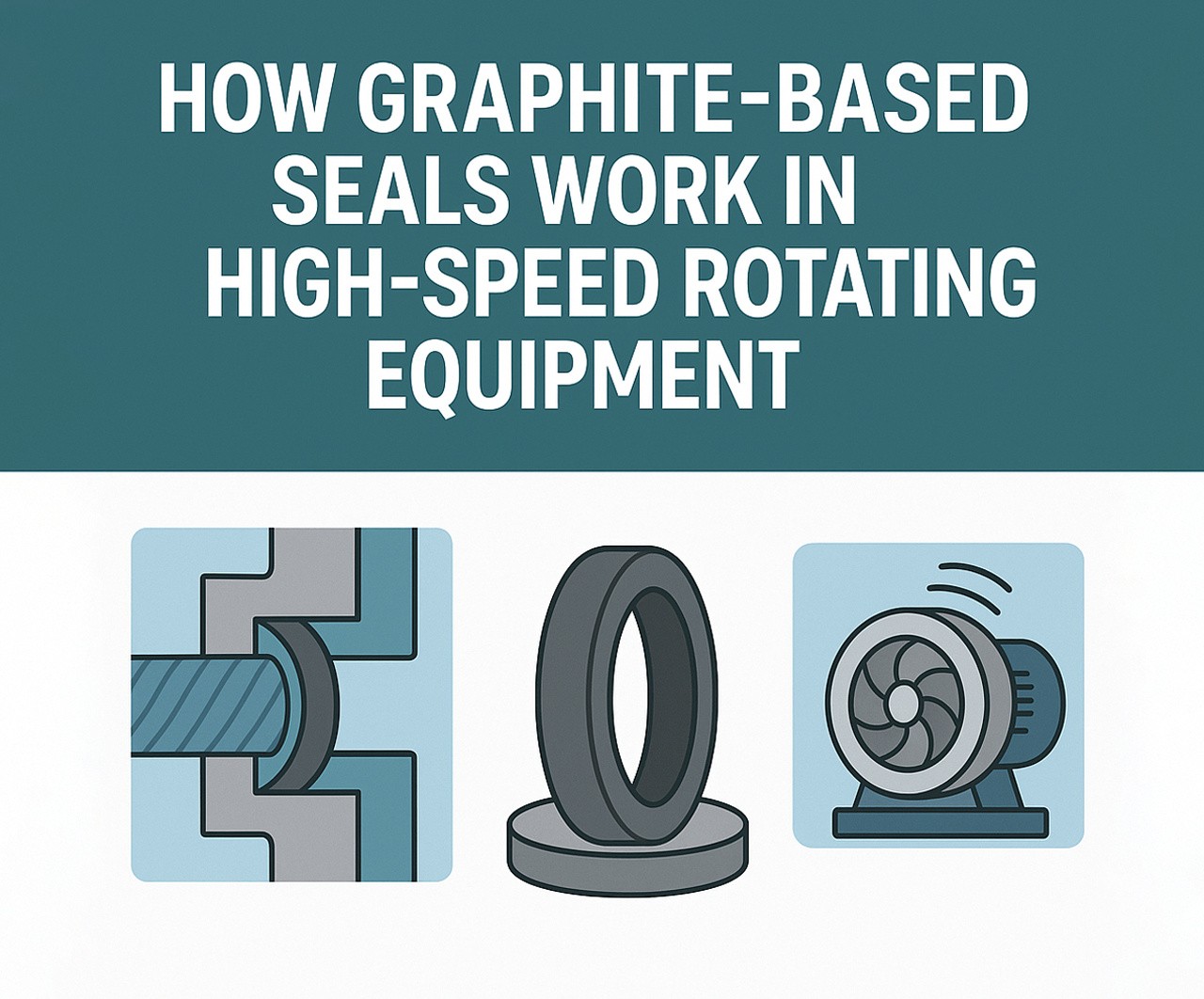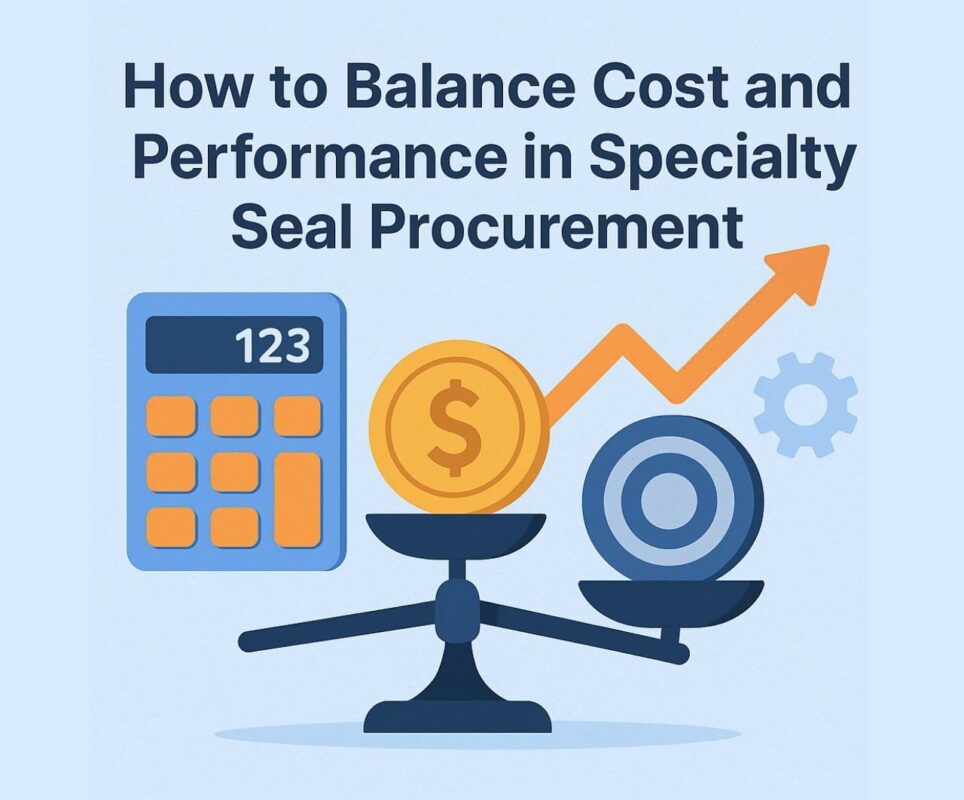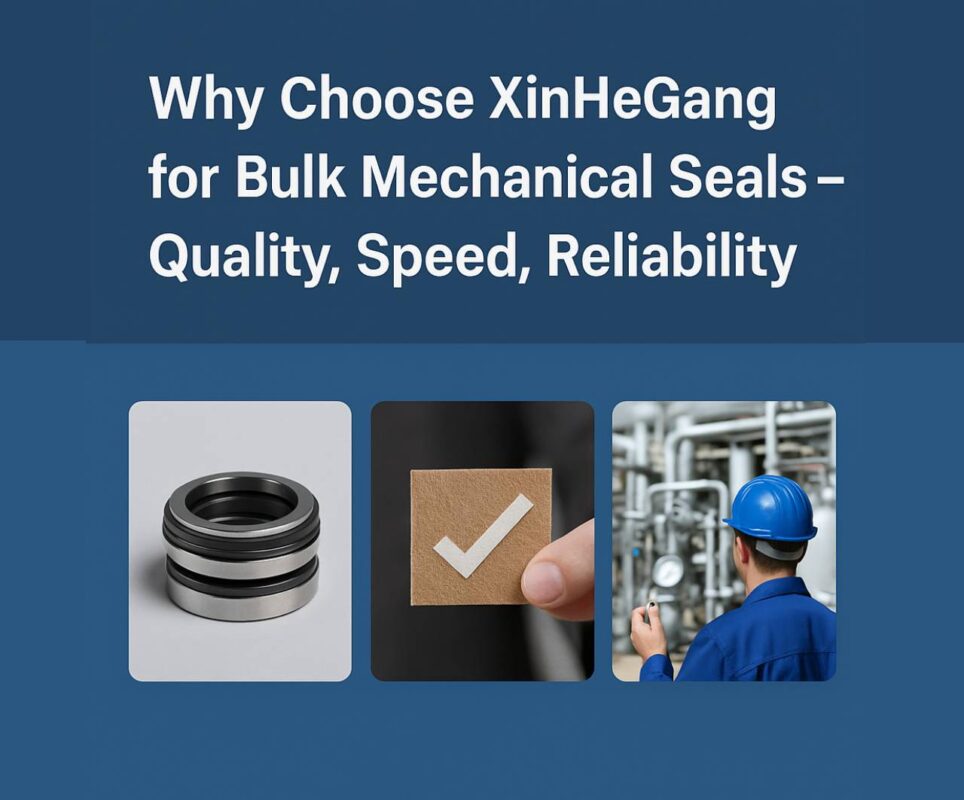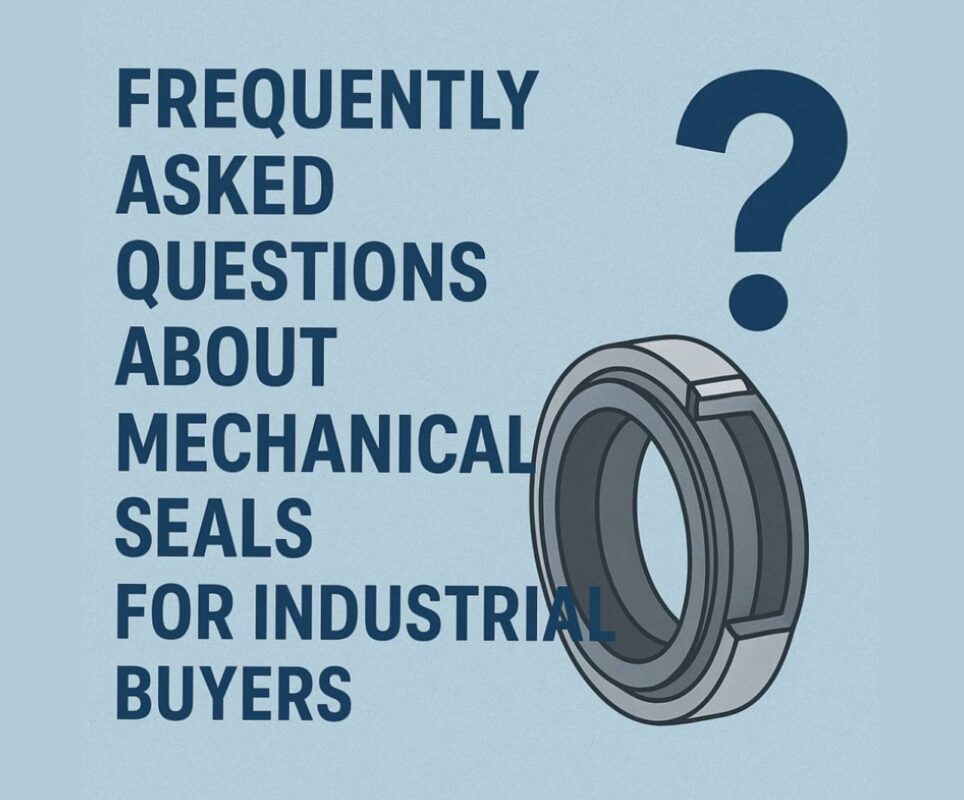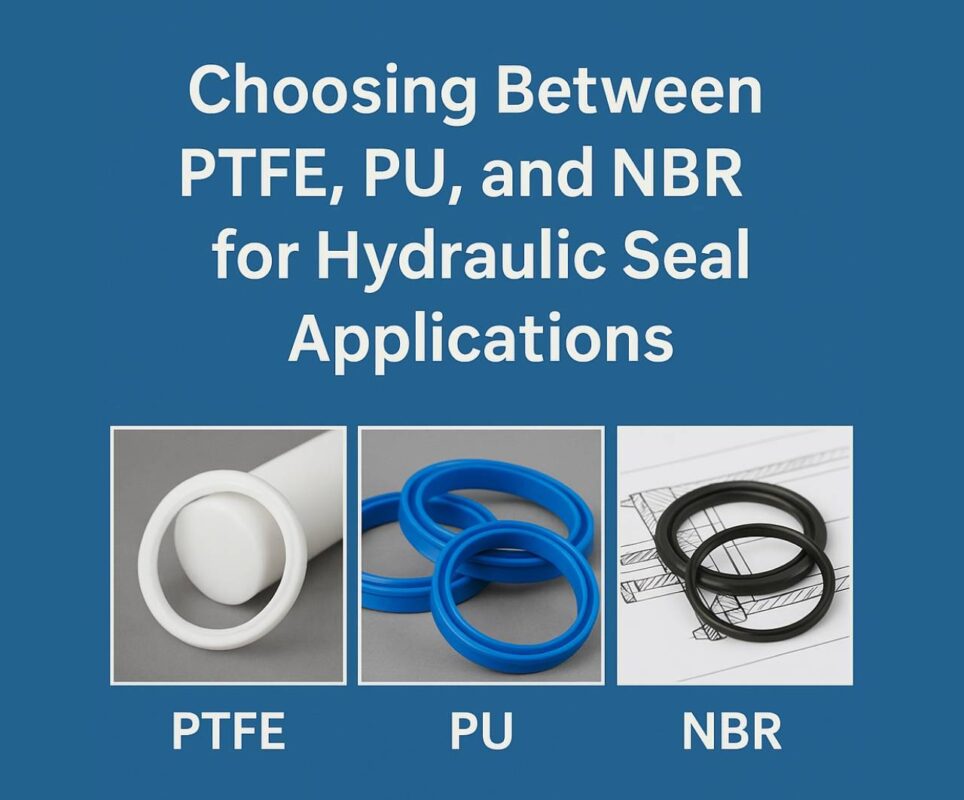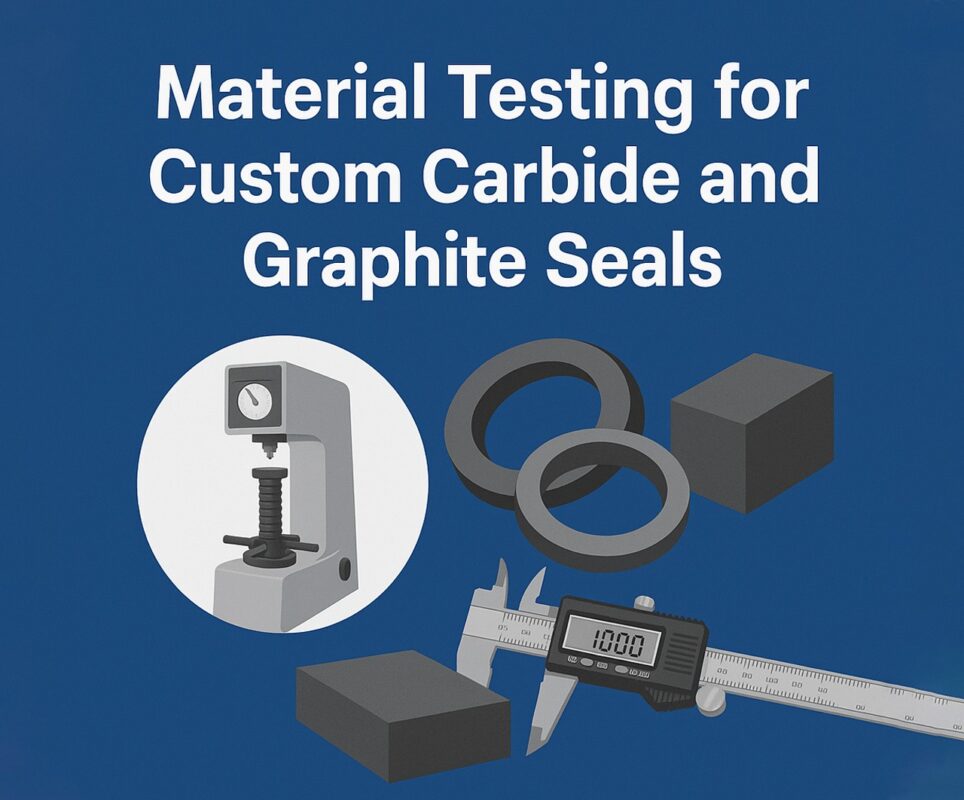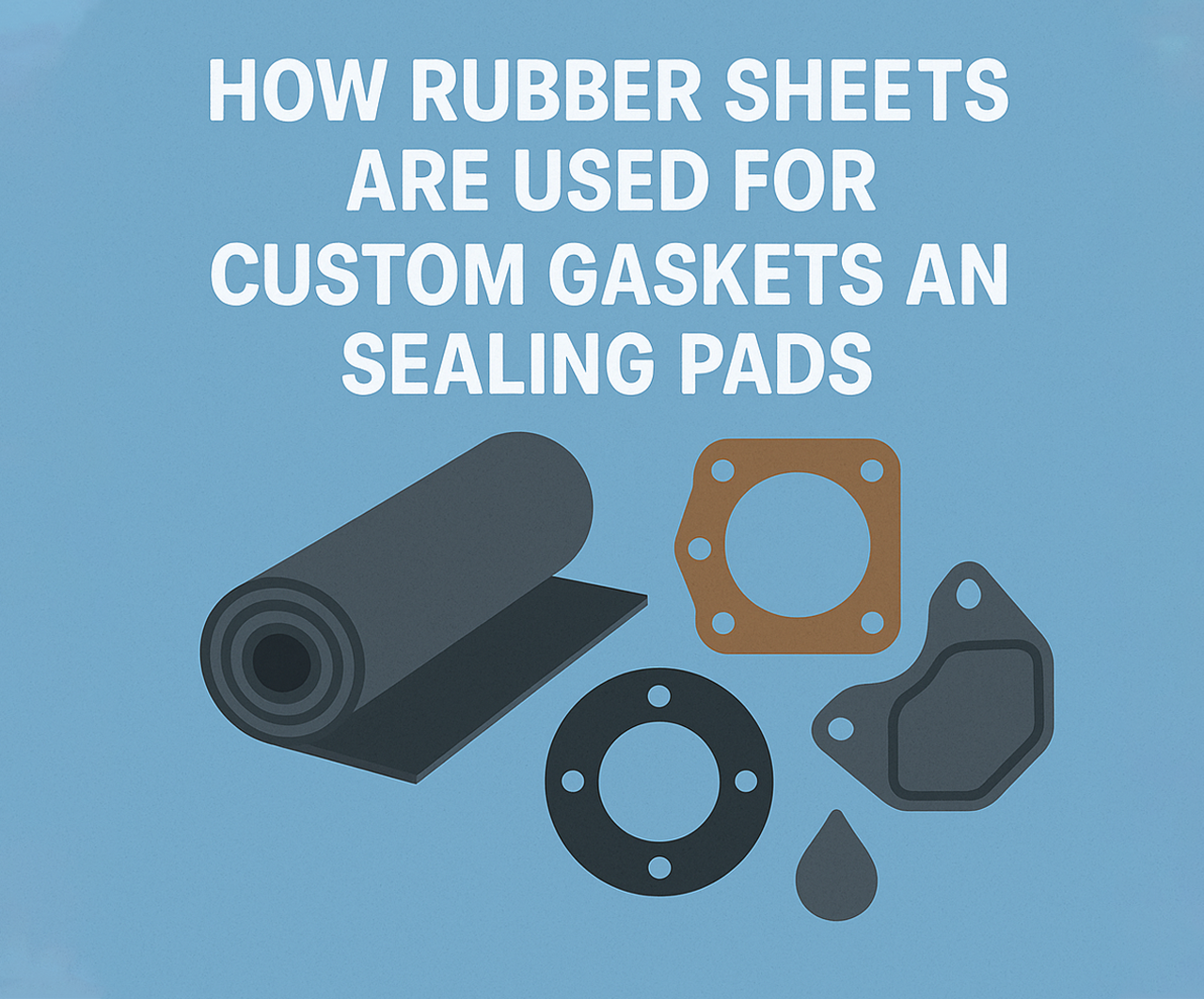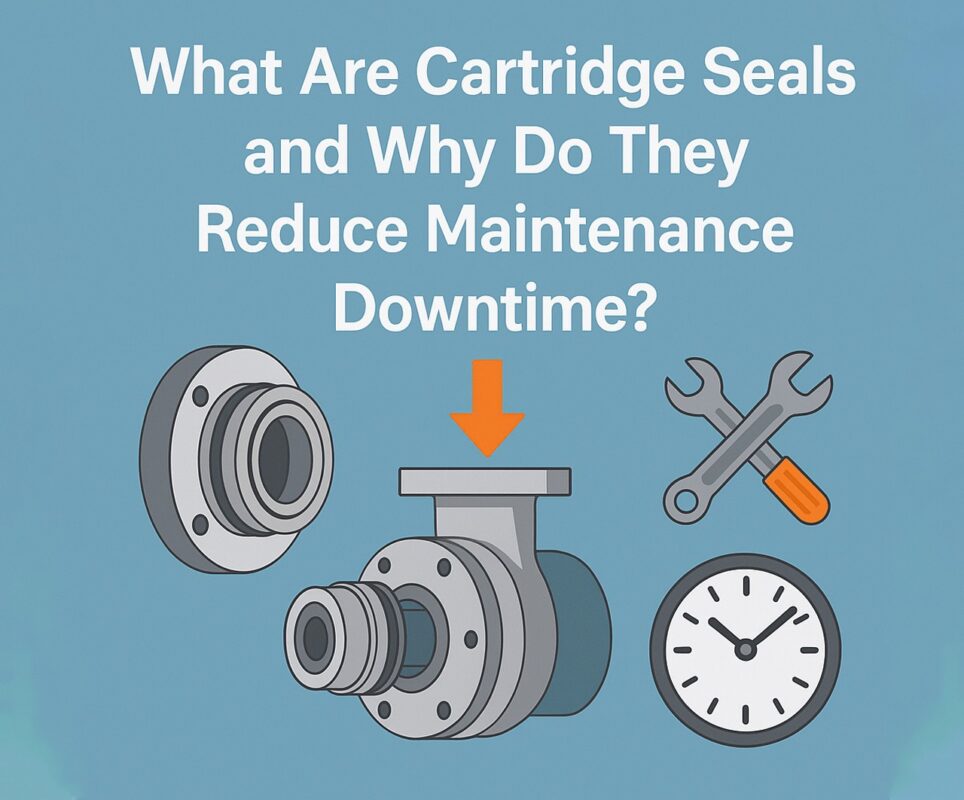When it comes to sealing solutions for extreme environments, graphite-based materials are in a league of their own. Whether you’re specifying graphite packing for pumps, selecting a graphite o ring for thermal resistance, or designing systems with a graphite filled PTFE o ring, understanding how graphite behaves under dynamic stress is key to improving system reliability and longevity. In high-speed rotating equipment—such as turbines, compressors, pumps, and mixers—standard elastomeric or polymer-based seals often fall short. Graphite-based seals, however, offer a powerful combination of heat resistance, self-lubrication, and structural integrity.
This article explores how graphite seals operate in high-speed applications, their material science advantages, and best practices for selection and use. Know more..
Why Use Graphite in Sealing Systems?
Graphite is known for its exceptional properties:
- High thermal conductivity
- Low friction coefficient
- Chemically inert
- Excellent resilience under extreme pressures and temperatures
These attributes make it ideal for rotating machinery where metal-to-seal contact, temperature spikes, and pressure fluctuations are unavoidable.
Key Applications:
- Shaft seals in steam turbines
- Graphite packing for pumps in chemical plants
- Seals for cryogenic and high-temp compressors
- Sealing flanges and valves in nuclear or energy plants
Understanding the Different Types of Graphite-Based Seals
1. Graphite Packing for Pumps
Braided graphite fibers are used to create compressible packing rings that fit around rotating shafts. These are ideal for:
- Dynamic sealing where movement is frequent
- Pumps handling corrosive or hot media
- Slow to moderate-speed applications with axial play
When correctly installed, graphite packing for pumps forms a leak-resistant barrier while minimizing shaft wear due to its low-friction nature.
2. Graphite O Ring
Solid graphite or graphite-impregnated elastomer o-rings are ideal for high-temperature applications (often up to 600°C). They’re used in:
- Steam systems
- Aerospace fuel delivery components
- Rotating thermal energy systems
Because a graphite o ring resists hardening and cracking, it maintains sealing effectiveness even after thousands of thermal cycles.
3. Graphite Filled PTFE O Ring
A blend of polytetrafluoroethylene (PTFE) and graphite, these o-rings combine the flexibility and chemical resistance of PTFE with the thermal conductivity and wear resistance of graphite.
- Ideal for high-speed rotary shafts
- Withstand aggressive solvents and high PV (pressure-velocity) values
- FDA-compliant versions for food and pharmaceutical equipment
In applications with rotating components at thousands of RPMs, a graphite filled PTFE o ring ensures stable performance without rapid degradation.
What Makes Graphite-Based Seals Suitable for High-Speed Applications?
- Thermal Conductivity High-speed rotation generates heat. Graphite dissipates heat rapidly, reducing the risk of thermal buildup and seal failure.
- Dimensional Stability Graphite maintains structural integrity even under thermal expansion and mechanical load. This means the seal won’t deform easily, maintaining performance under stress.
- Self-Lubricating Friction in seals can cause wear, especially at high speeds. Graphite’s lubricating nature reduces energy loss and shaft wear.
- Low Coefficient of Friction This allows for tight sealing with minimal drag—crucial in minimizing energy loss in rotating equipment.
- Chemical Compatibility Graphite is inert to most corrosive fluids, making it ideal for pumps in chemical processing, especially when using graphite packing for pumps.
Material Considerations
| Seal Type | Temperature Range | Pressure Range | Recommended Speed |
| Graphite Packing for Pumps | -200°C to 600°C | Up to 200 bar | 10–15 m/s shaft speed |
| Graphite O Ring | -250°C to 600°C | Up to 300 bar | Moderate (rotary/static) |
| Graphite Filled PTFE O Ring | -200°C to 260°C | Up to 150 bar | Up to 30 m/s rotary speed |
Material blends and reinforcements like Inconel wire or glass fiber backing can further increase performance in high-load applications.
Installation Tips for High-Speed Systems
- Surface Preparation Ensure shaft and housing surfaces are clean, smooth, and free from burrs.
- Correct Compression Over-tightening graphite packing or o-rings can lead to cracking or uneven wear. Use calibrated tools for torque.
- Avoid Dry Starts Always lubricate during startup, especially with graphite packing for pumps or rotary o-rings.
- Alignment Matters Misaligned shafts increase radial load and cause premature seal failure. Use alignment tools for precision.
- Check Thermal Expansion Clearance Allow for component growth under heat, particularly when using graphite o ring in metal housings.
Case Study: Graphite Seals in a Steam Turbine
A power plant experienced frequent failures with elastomeric shaft seals due to high-speed rotation and thermal cycling. After switching to graphite packing for pumps in auxiliary feedwater pumps and using graphite o rings for main steam shaft seals, the system achieved:
- 60% longer maintenance intervals
- 90% reduction in leakage incidents
- No recorded shaft scoring or heat damage after 2,000 hours
When to Choose Graphite Filled PTFE O Rings
These are the right choice when:
- Operating at high shaft speeds (20–30 m/s)
- Exposed to corrosive solvents or acids
- Working in clean-room or sanitary environments
- Space constraints limit the use of traditional packing
A graphite filled PTFE o ring provides flexible, clean sealing without the fiber shedding associated with braided packing.
Innovations and Future Developments
- Reinforced Graphite Composites New manufacturing methods integrate graphite with advanced polymers and ceramics for hybrid seals.
- Additive Manufacturing 3D printing of graphite components allows for complex shapes and integrated cooling channels.
- Condition Monitoring Graphite-based seals are being embedded with temperature and wear sensors for predictive maintenance in high-speed rotating equipment.
- Eco-Friendly Formulations Non-toxic binders and renewable graphite sources are being developed to reduce environmental impact.
Maintenance Best Practices
- Inspect for signs of compression set or delamination
- Check shaft runout and wobble regularly
- Replace seals proactively in high-duty cycles
- Store graphite o ring components in moisture-controlled environments
- Avoid contact with oxidizing acids, unless seals are coated for protection
Final Thoughts: The Ultimate Sealing Solution for Dynamic Systems
Graphite-based seals—be it graphite packing for pumps, a high-end graphite o ring, or a flexible graphite filled PTFE o ring—offer unmatched reliability in the most challenging rotating equipment environments. They combine durability, temperature resistance, and low-friction performance to keep machinery running longer and more efficiently.
For engineers and maintenance teams tasked with reducing downtime, improving efficiency, and surviving extreme operational conditions, graphite seals aren’t just a good choice—they’re a strategic advantage.
With the right selection, installation, and maintenance plan, graphite seals can outlast and outperform many alternatives—making them the preferred choice in today’s high-speed, high-precision world.

